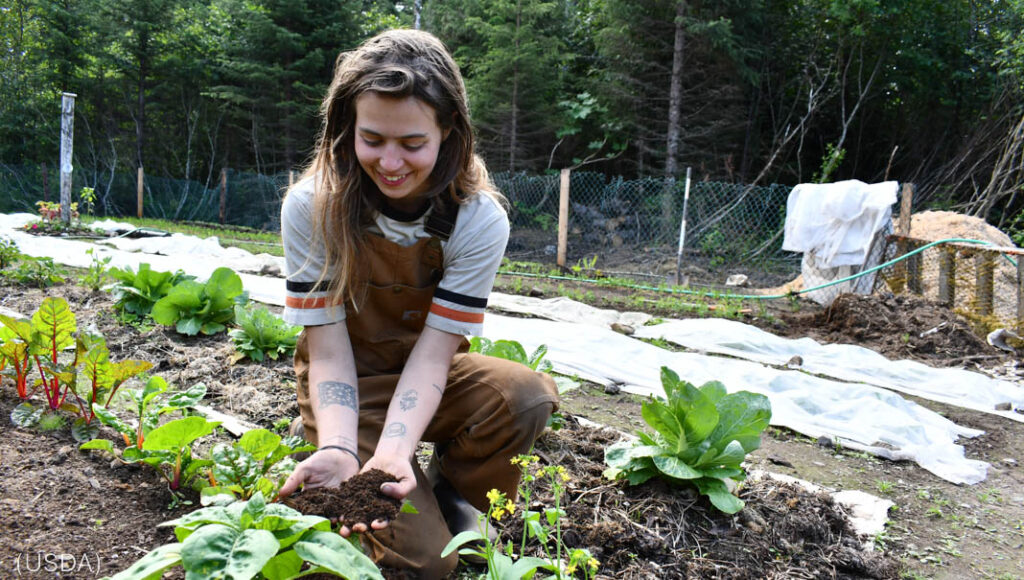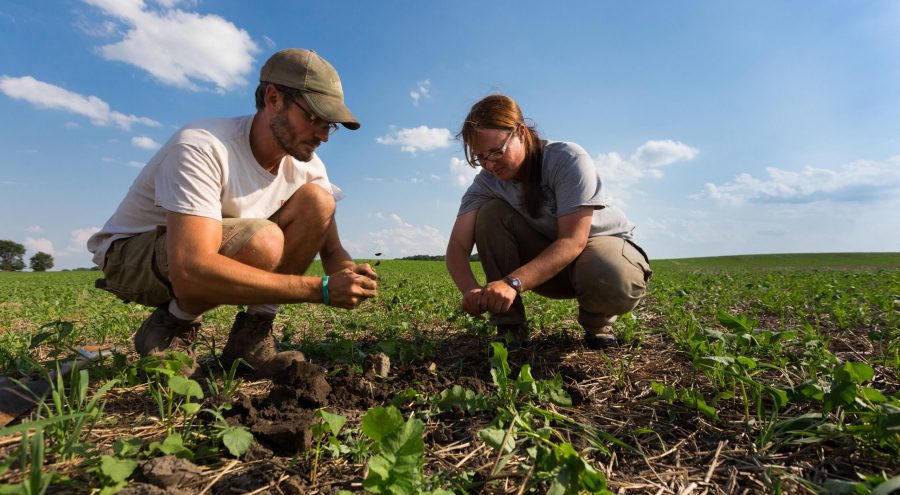Climate Change Mitigation needs Sustainable agriculture and farming practices that are crucial for ensuring food security and environmental protection.
Who are the key players?
Farmers, consumers, policymakers, and researchers all play vital roles in transitioning to sustainable agriculture. Farmers are at the forefront, implementing practices on the ground. Consumers drive demand for sustainably produced food through their purchasing choices. Policymakers create the supportive environment through regulations and incentives. Researchers continually develop and refine sustainable methods.
What are sustainable practices?
Sustainable farming incorporates techniques like crop rotation, cover cropping, integrated pest management (IPM), reduced tillage, and water conservation. These methods aim to minimize environmental impact while maximizing productivity and profitability.
When did this become important?
The importance of sustainable agriculture has grown significantly in recent decades due to increasing awareness of climate change, biodiversity loss, and the unsustainable nature of conventional farming practices. The movement has gained momentum with a rising global population and the demand for more food.
Where are these methods implemented?
Sustainable farming practices are being adopted globally, but their implementation varies widely based on regional conditions, available resources, and farmer knowledge and skills. Successful implementation requires adapting these practices to specific environmental and socio-economic contexts.
Why is it necessary?
Sustainable agriculture is essential to preserve natural resources, mitigate climate change, improve biodiversity, enhance soil health, and provide a stable food supply for a growing global population. The long-term impacts of conventional farming practices necessitate a shift towards more sustainable approaches.
How is it done?
The transition to sustainable farming often involves a combination of technological innovations, improved management practices, and supportive policies. It requires education and training for farmers, investment in research and development, and supportive market mechanisms that reward sustainable practices.

Ancient civilizations developed numerous sustainable farming practices that are still relevant today.1 Some notable examples include:
- Crop Rotation: This practice involves planting different crops in the same field in a sequence over time.2 It helps replenish soil nutrients, prevent disease, and control pests.3
- Intercropping: This technique involves planting multiple crops together in the same field.4 It can increase biodiversity, improve soil health, and provide natural pest control.5
- Terracing: This method involves creating flat platforms on sloping land to prevent soil erosion and improve water management.6
- Composting and Manure: Ancient farmers utilized organic materials like compost and manure to enrich soil fertility and improve crop yields.7
- Water Harvesting and Irrigation: Techniques such as building canals, wells, and reservoirs were used to collect and distribute water efficiently.8
These ancient practices demonstrate a deep understanding of ecological principles and sustainable resource management, offering valuable lessons for modern agriculture.9

One thought on “Climate Change Mitigation: Best Sustainable Farming Practices”
Comments are closed.